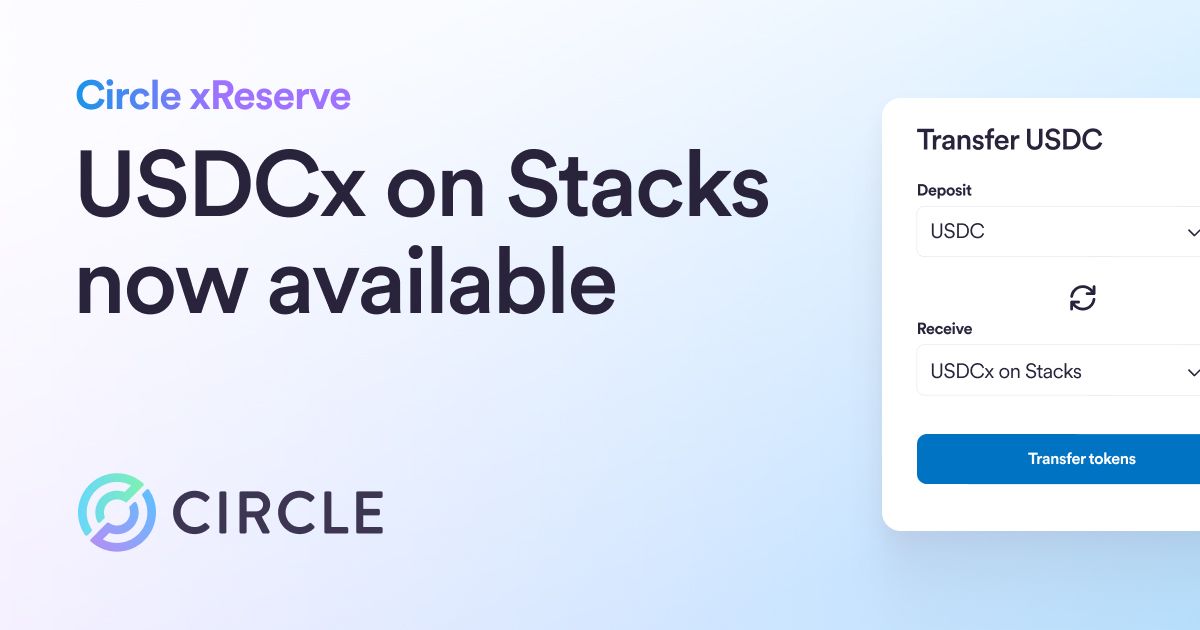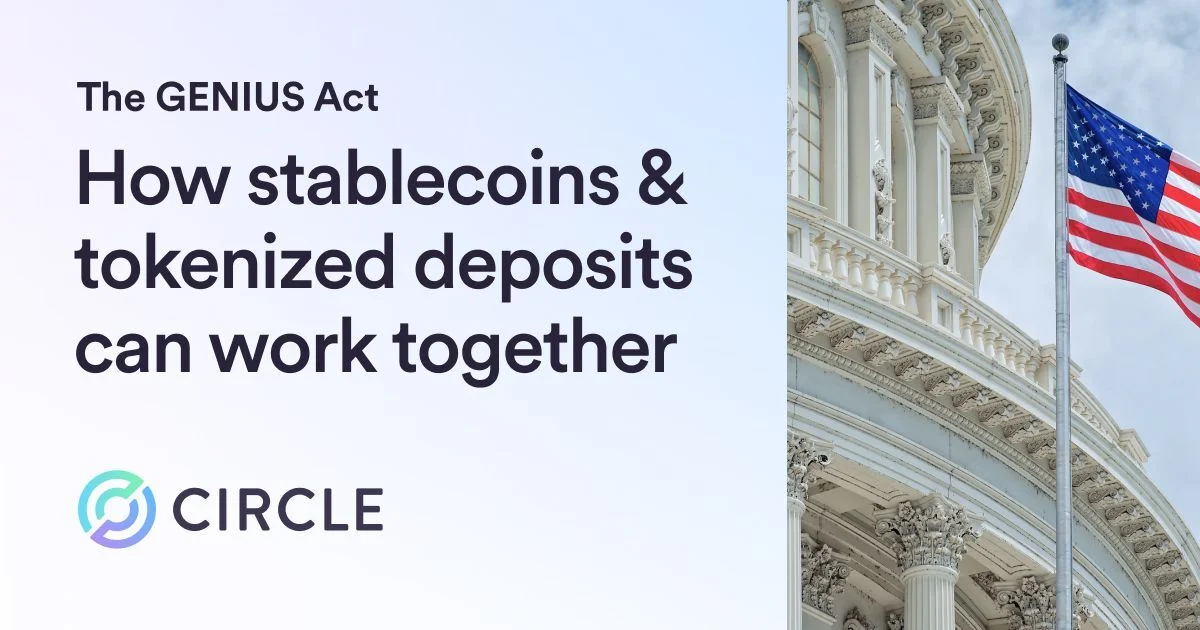DeFi is changing the way the world thinks about financial services and inclusion, and USDC has become an integral part of decentralized exchange operations

Stablecoins play a significant role in decentralized finance (DeFi), allowing investors and liquidity providers to mitigate volatility risk while gaining exposure to various digital assets and generating yields.
A recent Messari report noted that “the stablecoin monetary base reached over $65 billion in Q1 and continues to rise at an accelerating pace. Stablecoins also facilitated a whopping $1 trillion in transaction volume, more than the previous four quarters combined.”

More importantly, USD Coin (USDC) – the dollar-pegged stablecoin launched by Circle and Coinbase in 2018 – has been the fastest-growing stablecoin across DeFi protocols, expanding its share by 17%.
One of the main use cases of DeFi is decentralized trading with the help of decentralized exchanges (DEX).
In the early years of Bitcoin and other cryptocurrencies, centralized exchanges served as the main tool that investors used to move between fiat and crypto and vice versa. However, trading on centralized exchanges involves several risks, including potential hacks and personal data breaches.
To further build upon the promise of decentralization, DEX platforms are non-custodial (they never have control of user funds) and are not operated by intermediaries.
According to the same report by Messari, DEX volumes jumped by more than 8,000% in Q1 2021 compared to the same quarter last year.

Stablecoins are essential to DEXs because many crypto pairs supported by DEX involve at least one USD-backed token acting as the quote currency.
But how do DEX provide liquidity and ensure price discovery with no user funds?
This is achieved through an innovative mechanism, called Automated Market Makers (AMM), which operate using so-called “liquidity pools”.
What Are AMMs and Liquidity Pools?
AMMs are DEX that replace the traditional order books run by centralized exchanges with decentralized algorithms relying on mathematical formulas to set the price of a crypto pair.
AMMs employ smart contracts that create and handle liquidity pools containing ERC-20 tokens. The order book is replaced with an on-chain system where digital assets can be automatically swapped at the pool’s price.
A liquidity pool is a pool of tokens, typically a pair of two digital assets. These pools provide liquidity for a token pair on the DEX and enable protocol users to directly contribute to available liquidity by depositing their own tokens – a process called liquidity mining or yield farming. Thanks to liquidity pools, AMMs don’t need traditional market makers at all.
To encourage participation in liquidity pools, AMMs incentivize users by rewarding them with trading fees and an additional distribution of protocol governance tokens.
For example, take a DEX hosting an ETH/USDC liquidity pool. Participants in the pool, who are called liquidity providers (LPs), deposit an equal value of ETH and USDC. While the total amount deposited is determined by the LP, in most cases it must be split evenly between the two assets of the trading pair.
The Role of Stablecoins in AMMs
Many liquidity pools consist of a stablecoin in pair with a major cryptocurrency.
Stablecoins have become the main driver of AMMs because traders need price stability and better liquidity. While many AMMs use proprietary tokens pegged to the US dollar with a 1:1 ratio, USDC is still the best-performing stablecoin across DEXes because it’s universal (it is not linked to any particular DEX), has a stable peg, and is backed by regulated institutions.
According to data provided by Flipside Crypto, the number of daily transactions using USDC across DEX and DeFi apps has increased from less than 2,500 in June 2020 to over 10,000 in March 2021.
USDC for the DeFi Industry
USDC has managed to stay at the top of the DeFi space thanks to near-instant settlement speed, industry leading transparency and regulatory compliance, a high degree of security, and compatibility across multiple blockchains.
USDC is issued by regulated financial institutions ensure tokens are backed by the appropriate fiat currency reserves. Accounting firm Grant Thornton provides monthly attestations that prove the fair balance between the USDC volume in circulation and USD reserves.
Want to learn more about USDC in DeFi? Check out our guide ‘DeFi & USDC: A Guide to Global Stablecoins and Decentralized Finance.’





